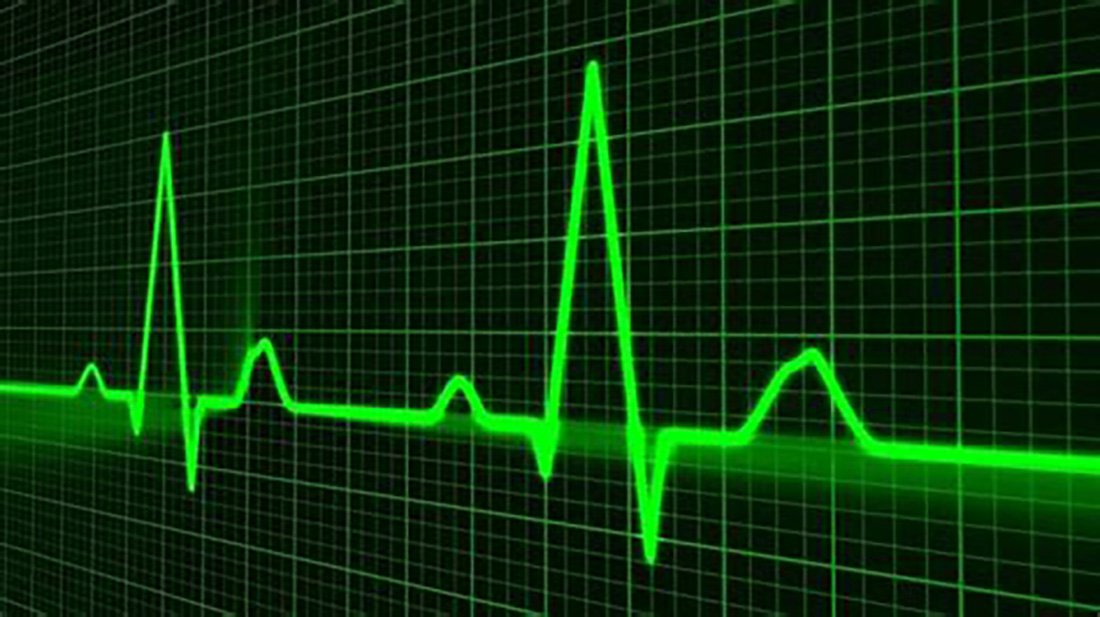
HeartAlarm Watch
Advanced Warning of an Impending Heart Attack
HeartAlarm Watch
In the United States, someone has a heart attack every 40 seconds and about 1-in-5 heart attacks are silent. Many heart attack victims don’t understand the situation, writing off symptoms, until it’s too late. According to a study sponsored by the American Heart Association, heart attack survival rates would increase if patients could arrive at the emergency room just one hour sooner.
In 1989, ALIN Foundation scientists developed the first wearable device designed as an early warning system for heart attacks. The HeartAlarm Watch warned the wearer before a heart attack occurs, minimizing damage and possibly preventing a heart attack altogether. It differed from other wearable heart monitors—that were only available by prescription—due to the less cumbersome harnesses, inexpensive price tag, and the fact that it warned the wearer of an impending heart attack instead of just keeping a record of the heart's electrical activity for later study by a physician. The HeartAlarm Watch was the first of its kind: practical, lightweight, inexpensive, and designed to warn the wearer at the first sign of a heart attack.
Since then, ALIN Foundation has collaborated on many heart monitor projects and its design has been improved upon in many iterations. The hope is that one day, heart attacks will be a predicable and preventable healthcare issue.
-

Health Concern
Every year, about 805,000 people in the US have a heart attack, making heart disease the leading cause of death in the US.
-

Preventing Heart Attacks
In 1989, ALIN developed the HeartAlarm Watch, the first of its kind, designed to warm its wearer on an impending heart attack.
-

Collaborative Efforts
Through collaborative efforts, new watches with EKG heart monitoring and app integration are revolutionizing healthcare, providing early warning signs of serious heart complications.